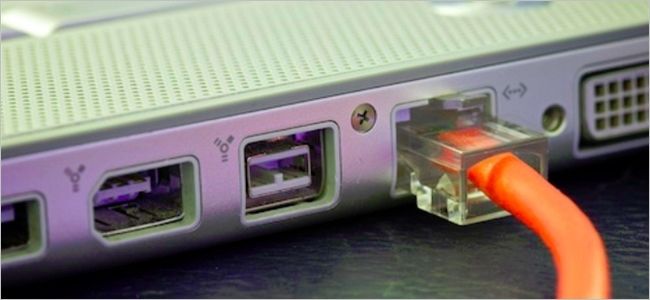While many of us are familiar with various ports being assigned for specific purposes or uses, we may not know the particular reason why they were chosen. Today's SuperUser Q&A post has the answers to a curious reader's questions.
Today’s Question & Answer session comes to us courtesy of SuperUser—a subdivision of Stack Exchange, a community-driven grouping of Q&A web sites.
Photo courtesy of Rodney Lewis (Flickr).
The Question
SuperUser reader Samuel Alexander wants to know why 80 and 443 were chosen as the default HTTP and HTTPS ports:
Why was port 80 chosen as the default HTTP port and 443 as the default HTTPS port? Is there any particular reason or was it just defined that way?
Why were 80 and 443 chosen as the default HTTP and HTTPS ports?
The Answer
SuperUser contributor jcbermu has the answer for us:
The Internet Assigned Numbers Authority (IANA) is a department of ICANN, a non-profit private corporation that oversees global IP address allocation, the Domain Name System (DNS), well-known ports, and other Internet Protocol-related symbols and numbers.
During March of 1990, they published a document (RFC 1060) where they listed all the well-known ports at that time. In that list there was no protocol assigned to port 80 (it jumped from 79 to 81):
At that time, port 80 was officially free. In 1991, Tim Berners-Lee issued the first version of HTTP in a document (HTTP 0.9) where he stated:
Then in July of 1992, RFC1060 was made obsolete by a new document (RFC 1340) where the following appeared:
That document made 80 the official port for HTTP (www). However there is nothing about port 443 in that document. During October of 1994, RFC 1700 was published and this appeared for the first time:
It seems it was solicited by Kipp E.B. Hickman, who at the time worked at Mosaic, the first GUI browser company that later went on to become Netscape. It is not clear why port 443 was chosen. However, the previous RFC document had a gap from 374 through 512, but in RFC1700 the space from 375 to 451 was filled. It is most likely that the numbers were simply given in order of request.
Have something to add to the explanation? Sound off in the comments. Want to read more answers from other tech-savvy Stack Exchange users? Check out the full discussion thread here.





